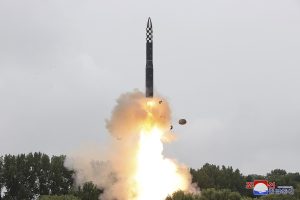Patial RC

Heard of the Alternate Suez Canal? Here is the West’s dream project the proposed ‘Ben Gurion Canal’ or the Israeli Canal project. It is no new revelation; In July 1963, the US Department of Energy and the Lawrence Livermore National Laboratory created a classified document that outlined a plan to use 520 buried nuclear explosions to help in the excavation process through the hills in the Negev Desert. The document was declassified in 1993.
The project would connect the Gulf of Aqaba to the Mediterranean Sea. David Ben Gurian after whom it would be named, is considered the Founding Father of Israel and was the first Prime Minister Israel. The canal would rival the Suez Canal that runs through Egypt, which has had many disturbances in its history, such as the closure of the Suez Canal (1956-1957 and from 1967-1975) and the blockage due to a large sized ship capsizing in 2021. It would be almost one third longer than the Suez Canal (194 km) meaning almost 300 km. The cost of creating the Israeli canal is estimated to be between $16 – $55 billion.
The capsizing of the cargo ship in the Suez Canal for more than six days and failing to float the ship was not the news, or the reasons behind the accident. But the real news behind it was the need to revive the “Ben-Gurion Canal” project. It is clear now who is the main beneficiary of this calamity, which hit one of the most important global navigation points, namely the Suez Canal. The Suez Canal is an essential maritime chokepoint, and the longer passage is suspended, the more impact it will have on civilian and military transits.















.jpg)
